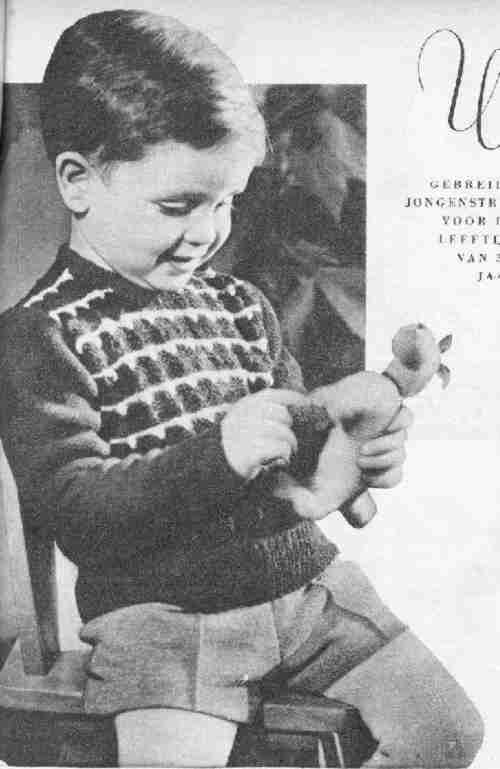
Figure 1.--This Dutch boy in 1949 wears long over the kneesockings with short pants. This was a seasonal fashion when the weather started getting cooler. |

|
One Dutch contributor reports that at the turn of the 20th century, long black stockings were worn under the famous black trousers. Kneesocks becanme increasingly common by the 1910s, but did not entirely replace long stockings. Younger Duch boys continued wearing long stockings into the 1940s. They tended to be lighter colors than had been worn earlier. They were worn by boys wearung shorts in colder months. I'm not sure if Dutch boys wore tights like German boys.
Dutch boys in the late 19th century commomly wore long dark stockings with kneepants. Kneesocks becanme increasingly common by the 1910s, but did not entirely replace long stockings. Younger Duch boys continued wearing long stockings into the 1940s. Kneesocks were common in the 1920s and 30s. HBC hasnoted some boys wearing abkle socks in the 1940s or allowing their kneesocks to fall down. Kneesocks wre still the dominate style until ankle socks came to be wodely worn in the 1950s.
Common hosiery worn by Dutch boys have been stockings and socks of various length. Many boys wearing kneepants went barefoot in the summer--especially boys from families of modest circumstances. Long over the knee stockings with kneepants were common in the late 19th century. Boys after the turn of the century began wearing short pamts with kneesocks. Patterned kneesocks were common in the Netherlands, in contrast to England where boys mostly wore grey, solid-colored kneesocks. Kneesocks were worn with both short pants and kneesocks. Someboys even wore knitted kneesocks. Ankle socks began to be more common in the 1950s. I'm not sure if Dutch boys began wearing tights like German boys in the late 1950s.
Seasonal changes can have a big impact on hosiery. Many Dutch boys used to go barefoot in the summer, but this was commonly seen as a sign of poverty. Poorer boys who woren wooden shoes might find it more comfortable to go barefoot. Long stockings in the late 19th century might be worn by some boys year round in the 19th century. Garadually in became more common to wear knee and shorter socks in the warmer weather. Younger boys might wearlongstockings in the winter as late as the early 1950s.
long stockings in the 19th century were commonky black or darker colors. Lighter colored socks became more common in the 1920s, especially grey. Some boys even wore white kneesocks which were considered a little dressier than grey ones. Over the knee stockings became less common in the 1920s, but were still worn by increassingly younger boys. Dark stockings became less common and boys begam wearing tan or brown stockings during the winter. We note boys wearing patterened kneesoicks by the 1930s--bnt generally muted colors. By the 1940s some boys began wearing white kneesocks. This may have been a stylistic influence from Germany. They were worn in the 1950s and into the early 1960s. They had a somewhat more formal look than colored or patterned kneesocks.
Navigate the Boys' Historical Clothing Web Site:
[Introduction]
[Activities]
[Biographies]
[Chronology]
[Cloth and textiles]
[Clothing styles]
[Countries]
[Topics]
[Bibliographies]
[Contributions]
[FAQs]
[Glossaries]
[Images]
[Images]
[Links]
[Registration]
[Tools]
[Boys' Clothing Home]
Navigate the Boys' Historical Clothing Dutch pages:
[Dutch boys clothing]
[Maiken Island]
[Dutch choirs]
[Dutch royalty]
[Dutch scouts]
[Dutch school uniform]
[Dutch boys bangs]
Navigate the Boys' Historical Clothing national pages:
[Return to the Main Netherlands page]
[Return to the Main countries page]
[Australia]
[Belgium]
[England]
[France]
[Germany]
[Ireland]
[Italy]
[Japan]
[Korea]
[Mexico]
[Scotland]
[United States]
